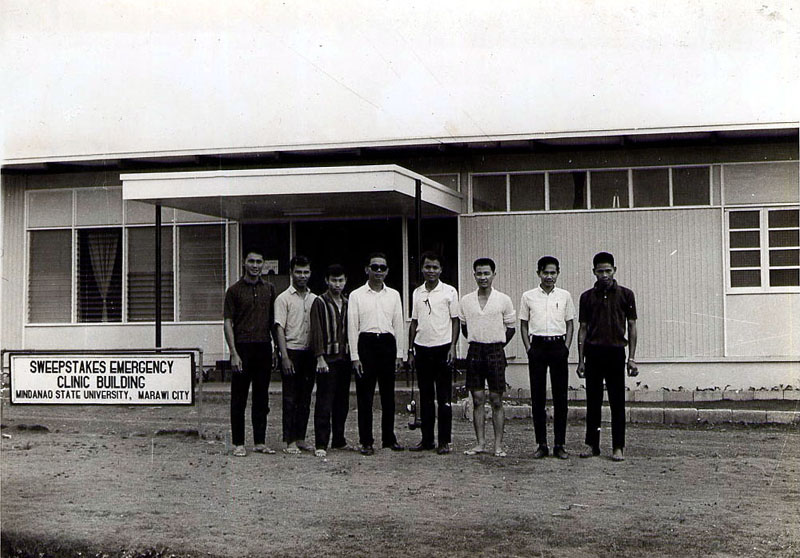As State University, MSU System mandated to provide both advance instruction and research I the different academic and semi-academic fields. The university is mandated to undertake extension services and development programs specifically in the Mindanao, Sulu and Palawan (MINSUPALA) regions, and provide leadership skills among stakeholders and students as well.
Furthermore, in spite of budgetary challenges, MSU-Main Campus is on the move towards excellence and globalization. MSU-Main Campus also addresses the International/National/Regional development needs. In line to these needs, the university has to mobilize other internal and external sources of funding to meet In the growing demands for sustainability since over the years, government appropriations for funding higher learning institutions has steadily decline specifically with respect to the maintenance and operating expenses. This could be one of the concerns and issues of MSU that is addressed I the MSU-MCIDP 2017-2026.



